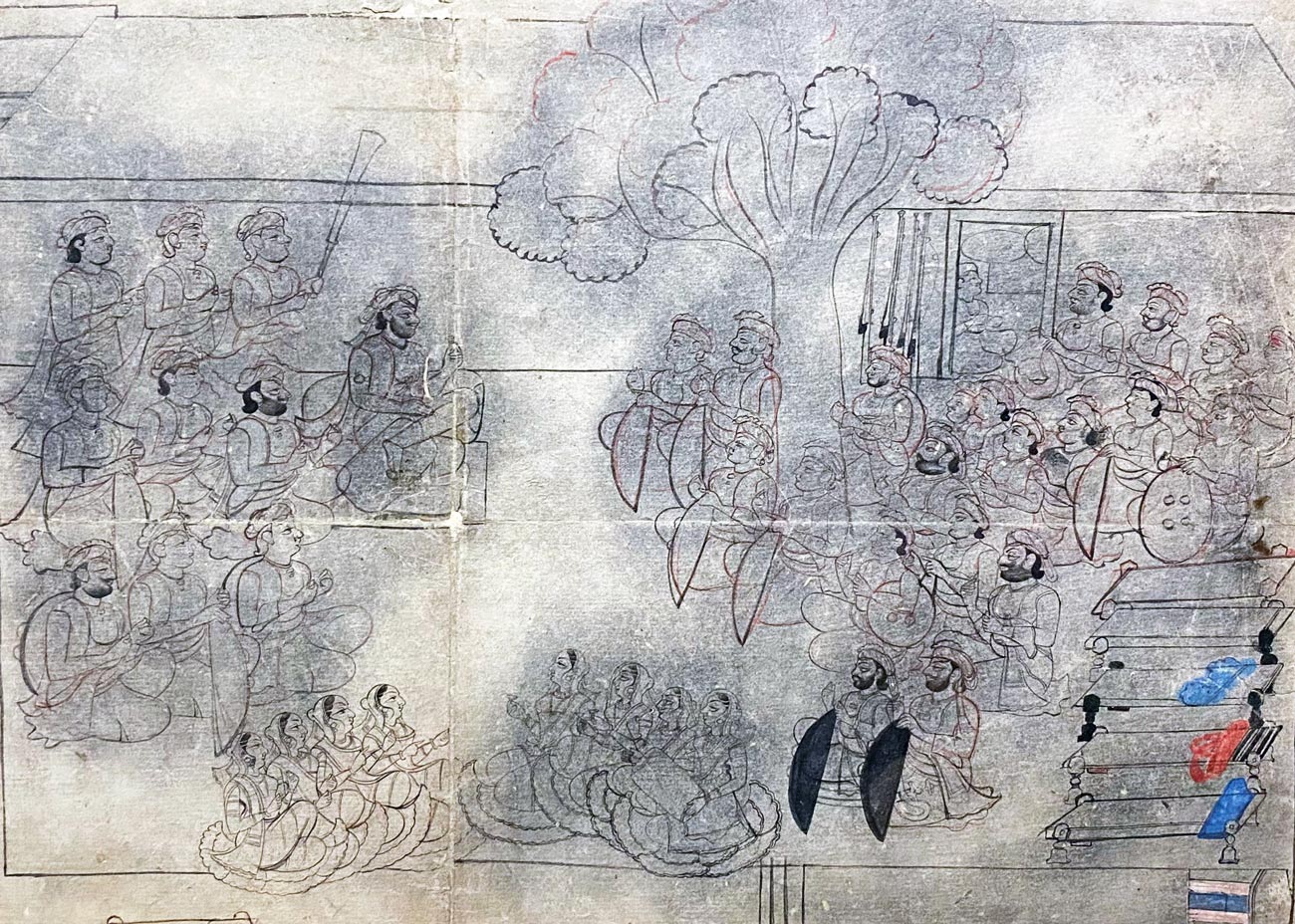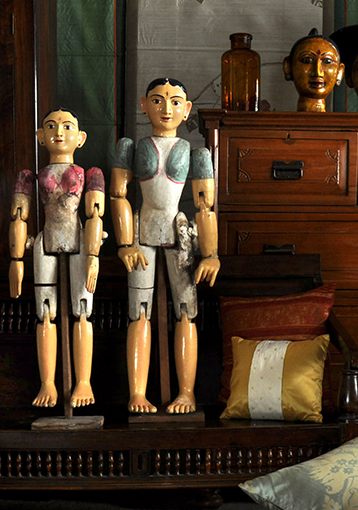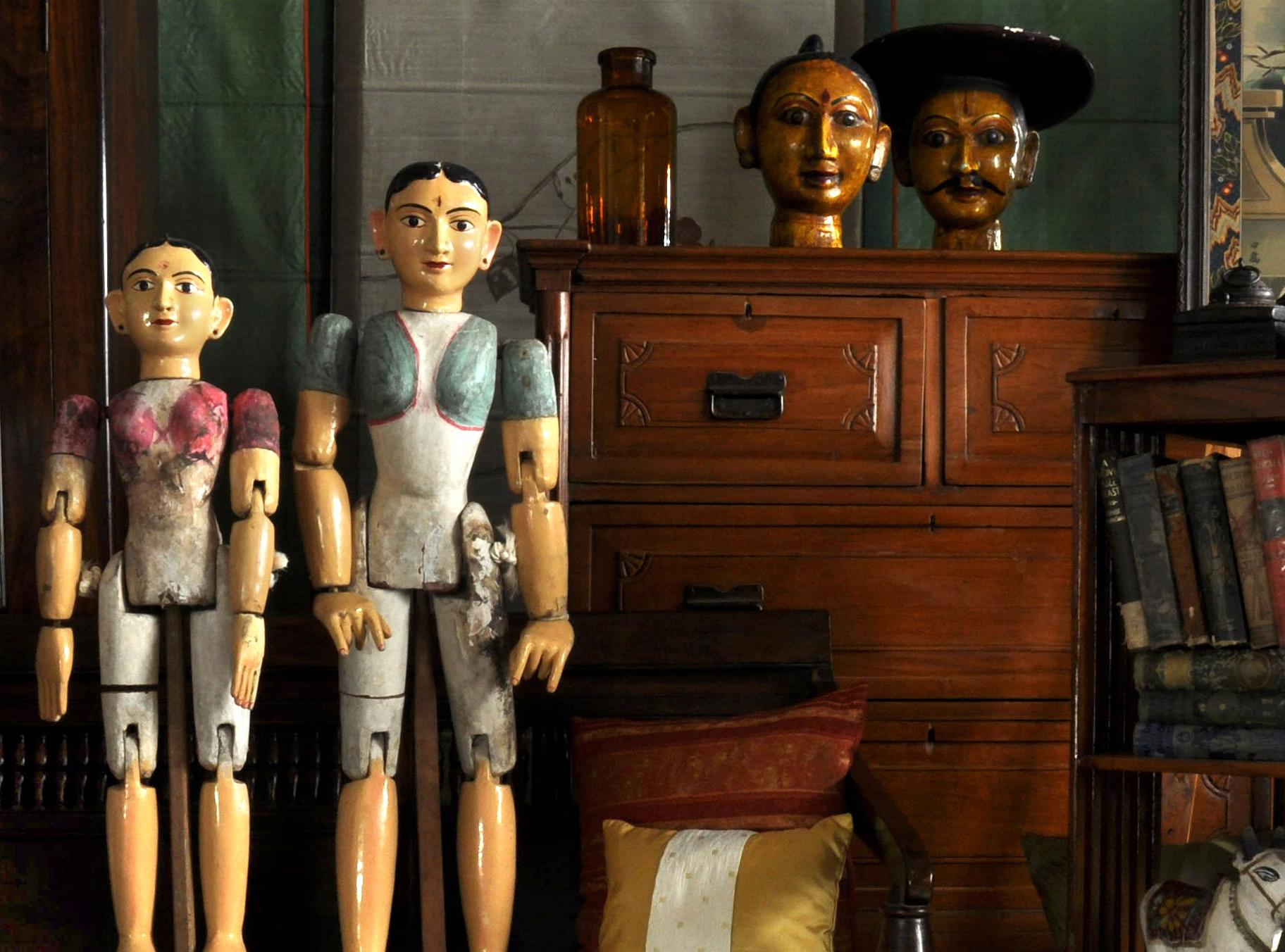- Home
- Nobleman in Open Durbar
Loading...
Nobleman in Open Durbar
All orders are insured for transit.
This item cannot be shipped outside India.
All orders are insured for transit.
This item cannot be shipped outside India.
Details
| Size: | 18.5 x 23 inches (framed) |
| Medium: | Ink on Paper |
| Condition: | Good; Light Fold Marks |
| Style: | Dhundhar School (Alwar or Uniara) |
Description
History and Background
Alwar is located at the foothills of the Aravalli hills. It is a historical city of forts and palaces and is known as 'The Tiger Gateway to Rajasthan'. Uniara is in the Tonk district in the Indian state of Rajasthan. Both the regions of Alwar and Uniara are included under the Dhundar School of painting. Dhundar is a historical region of Rajasthan state in western India. It includes the districts of Jaipur, Sawai Madhopur and Tonk. In ancient times, the regions in and around Jaipur were known as Dhundar. Most parts of Alwar, Jaipur, and Shekhawati are still called Dhundar Pradesh.
As well as the emerging Vaishnavite subjects, painters from this school also painted durbar scenes and historic moments; hunting expeditions, wars and victories; picnics, garden parties, dance and music performances; rituals, festivals and wedding processions; portraits of kings, courtiers and their families; city views; birds and animals.
Rao Raja Pratap Singh (1756-1790), made the independent kingdom of Alwar after conquering parts of Bharatpur and Jaipur. In 1770. he built a strong fortress there and made it his capital. About this time, two artists named Dhalu Ram and Shiv Kumar migrated to Alwar from Jaipur. They presented some of their artistic works to the Maharaja. Shiv Kumar is believed to have returned to Jaipur, but Dhalu Ram was appointed in charge of the state museum. The beautiful frescoes in the Sheesh Mahal (Palace of glass) of Rajgarh fort were probably painted under Dhalu Ram's supervision, and include paintings relating to the royal courts.
Uniara had an important school of painting in the 18th century that was an offshoot of the Bundi School. Prominent painters, who served under the ruler Sirdar Singh, included Dhano and Mira Bagas (Mir Baksh).
-
Description
Read MoreThis is an extremely rare drawing made with ink on paper. It depicts a nobleman (possibly from Alwar or Uniara) in open Durbar. In the courtyard around him are his 'sirdars' below the tree. They are being entertained by singers and female musicians. The nobleman sits on the left side against bolsters, with an attendant behind fanning him with peacock feathers. At the bottom right of the picture are charpoy string beds. Their rolled mattresses are painted with touches of colour. Four matchlock guns lean against a wall. The artwork measures 13 x 18 inches. With the mount and frame, the size is 18.5 x 23 inches.
History and Background
Alwar is located at the foothills of the Aravalli hills. It is a historical city of forts and palaces and is known as 'The Tiger Gateway to Rajasthan'. Uniara is in the Tonk district in the Indian state of Rajasthan. Both the regions of Alwar and Uniara are included under the Dhundar School of painting. Dhundar is a historical region of Rajasthan state in western India. It includes the districts of Jaipur, Sawai Madhopur and Tonk. In ancient times, the regions in and around Jaipur were known as Dhundar. Most parts of Alwar, Jaipur, and Shekhawati are still called Dhundar Pradesh.
As well as the emerging Vaishnavite subjects, painters from this school also painted durbar scenes and historic moments; hunting expeditions, wars and victories; picnics, garden parties, dance and music performances; rituals, festivals and wedding processions; portraits of kings, courtiers and their families; city views; birds and animals.
Rao Raja Pratap Singh (1756-1790), made the independent kingdom of Alwar after conquering parts of Bharatpur and Jaipur. In 1770. he built a strong fortress there and made it his capital. About this time, two artists named Dhalu Ram and Shiv Kumar migrated to Alwar from Jaipur. They presented some of their artistic works to the Maharaja. Shiv Kumar is believed to have returned to Jaipur, but Dhalu Ram was appointed in charge of the state museum. The beautiful frescoes in the Sheesh Mahal (Palace of glass) of Rajgarh fort were probably painted under Dhalu Ram's supervision, and include paintings relating to the royal courts.
Uniara had an important school of painting in the 18th century that was an offshoot of the Bundi School. Prominent painters, who served under the ruler Sirdar Singh, included Dhano and Mira Bagas (Mir Baksh).
-
Details
Size: 18.5 x 23 inches (framed) Medium: Ink on Paper Condition: Good; Light Fold Marks Style: Dhundhar School (Alwar or Uniara) AUTHENTICITY
This artwork is accompanied by an Authenticity Certificate.
-
Returns
We accept returns within 7 days of delivery if the item reaches you in damaged condition. -
Shipping
This item will be shipped framed. Shipping costs are extra, and will be calculated based on the shipping address.All orders are insured for transit.
This item cannot be shipped outside India.
This item has been added to your shopping cart.
You can continue browsing
or proceed to checkout and pay for your purchase.
This item has been added to your
shopping cart.
You can continue browsing
or proceed to checkout and pay for
your purchase.
This item has been added to your wish list.
You can continue browsing or visit your Wish List page.
Are you sure you want to delete this item from your Wish List?
Are you sure you want to delete this
item from your Wish List?

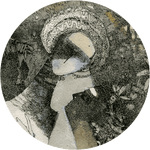
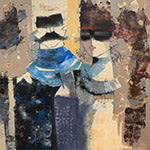
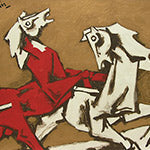
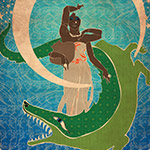
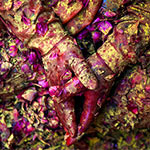
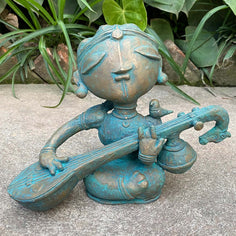
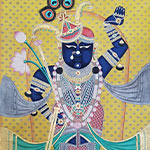
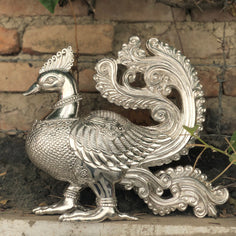
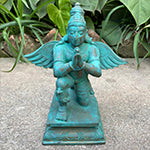
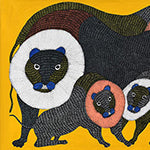
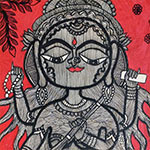
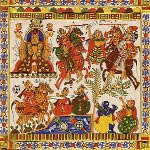
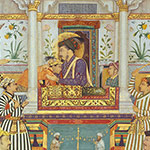
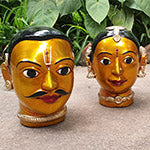

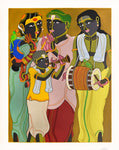
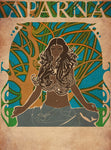
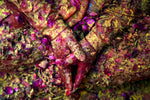
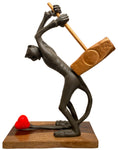
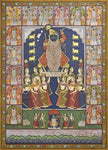
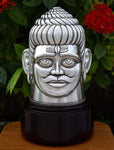


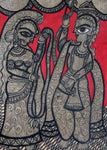
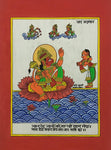
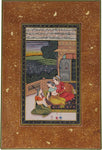
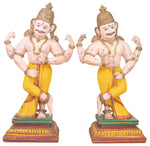
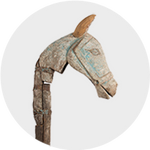
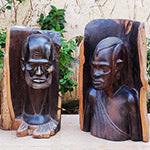
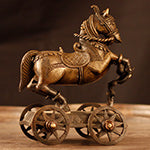
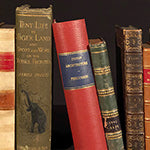
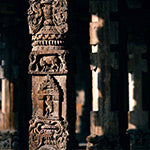
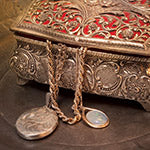
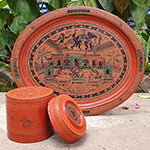
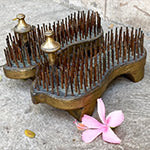
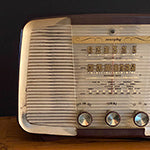
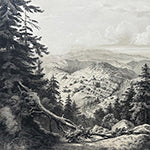
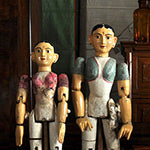
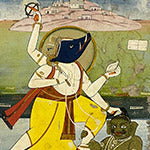
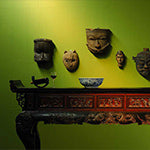
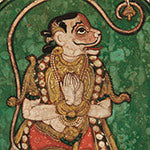

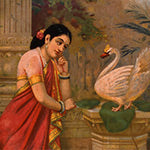
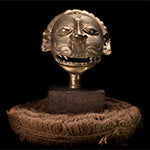
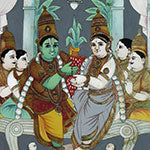
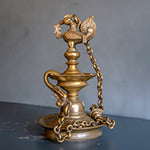
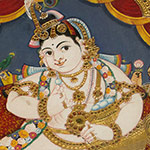
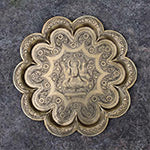
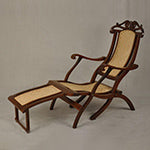
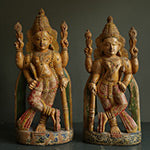


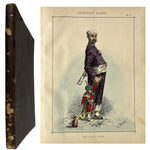

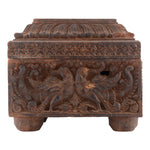
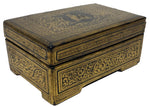
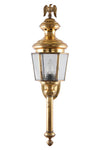

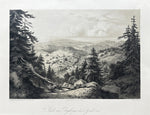


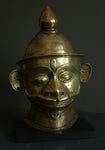
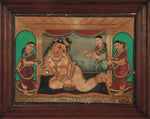
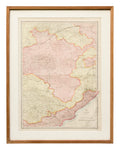
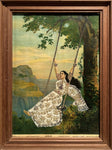

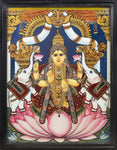

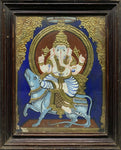
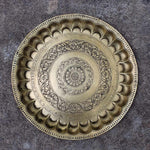
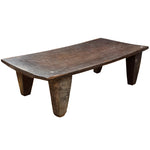
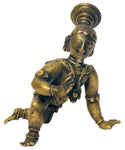
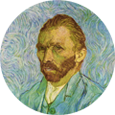

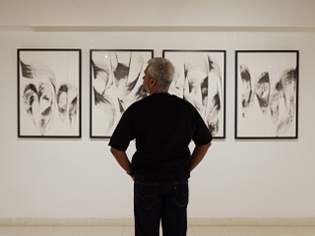
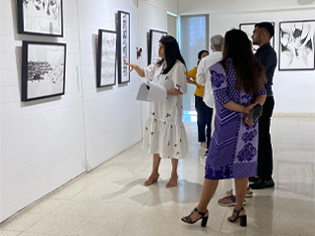
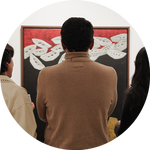
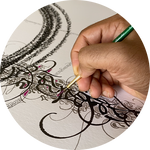
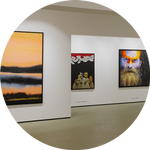


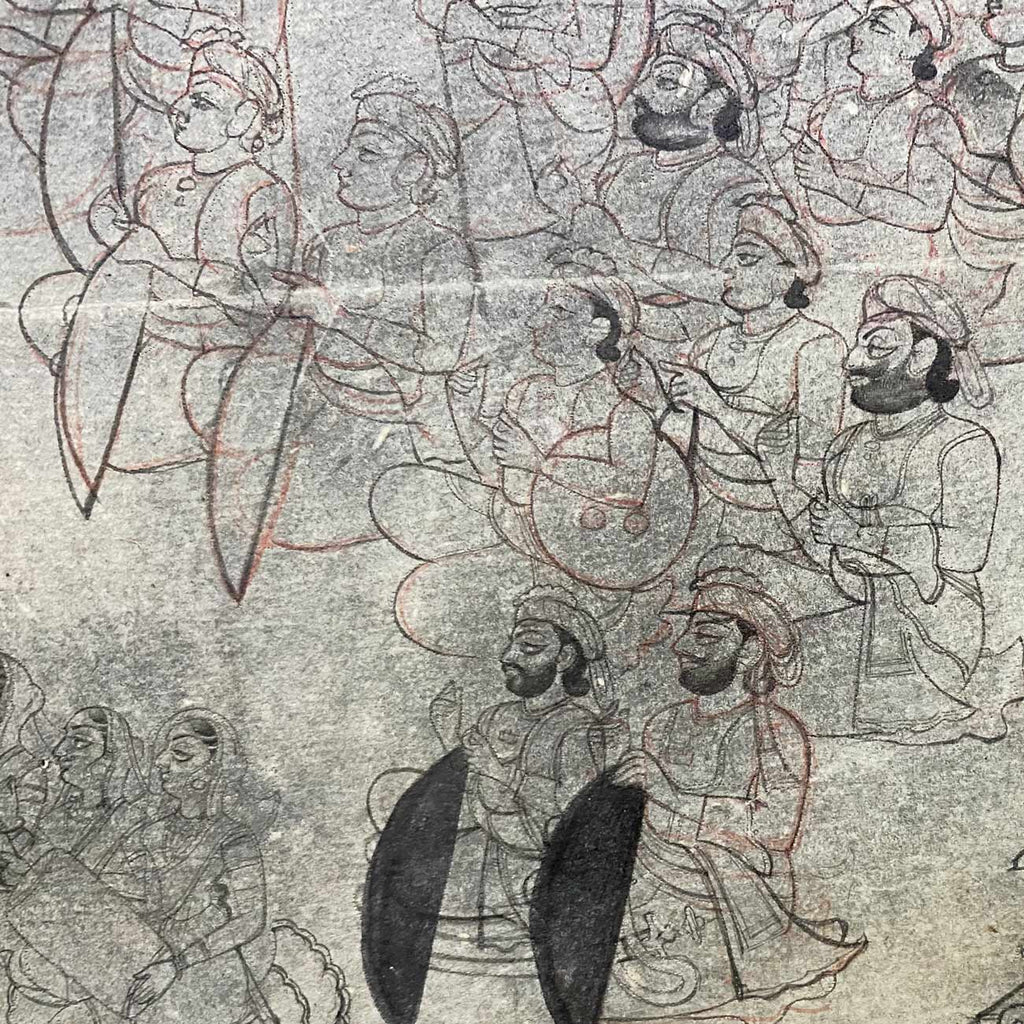
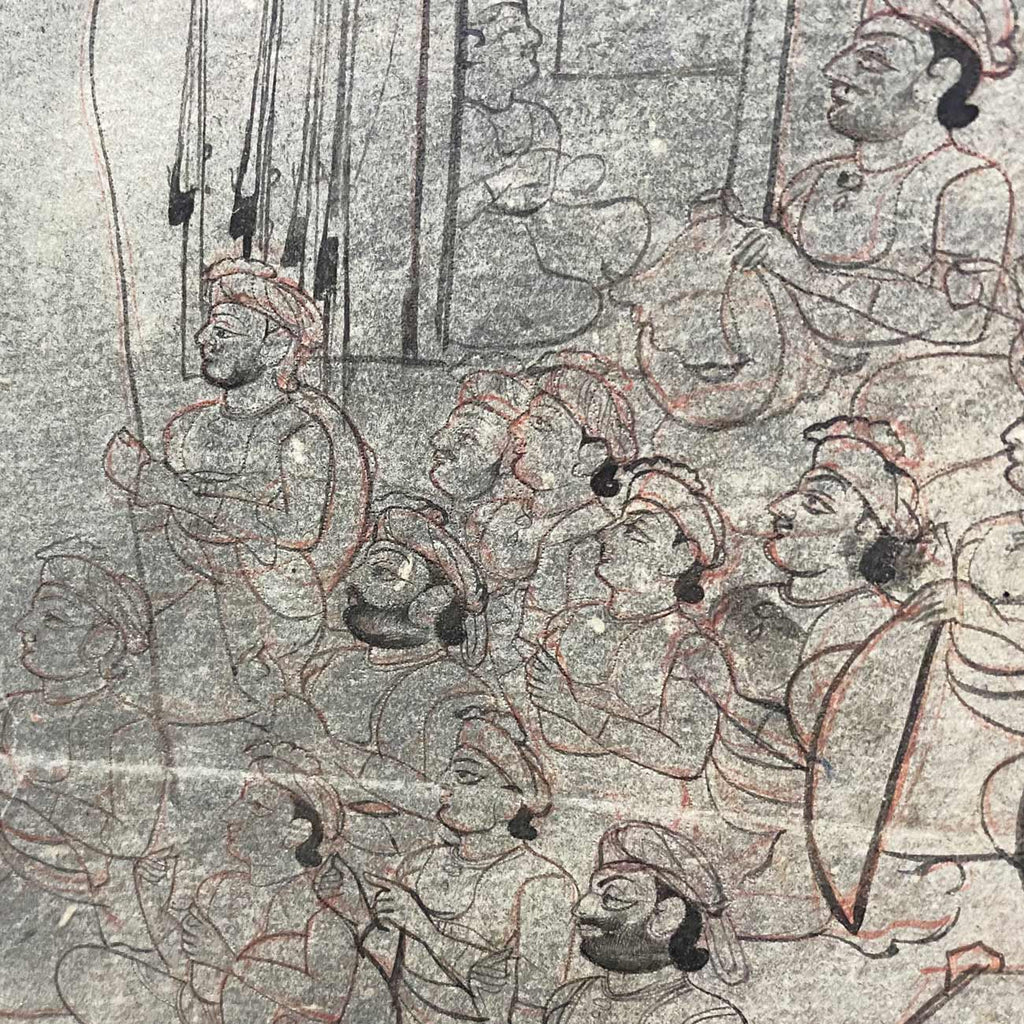


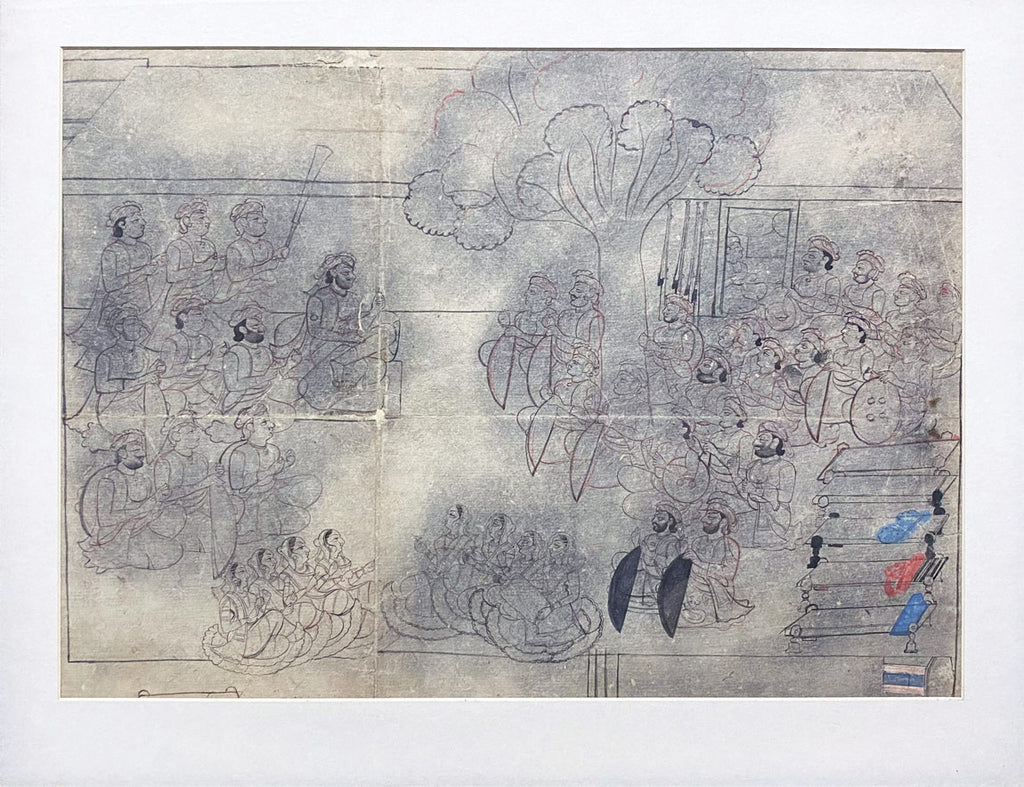


 View Full Screen
View Full Screen
